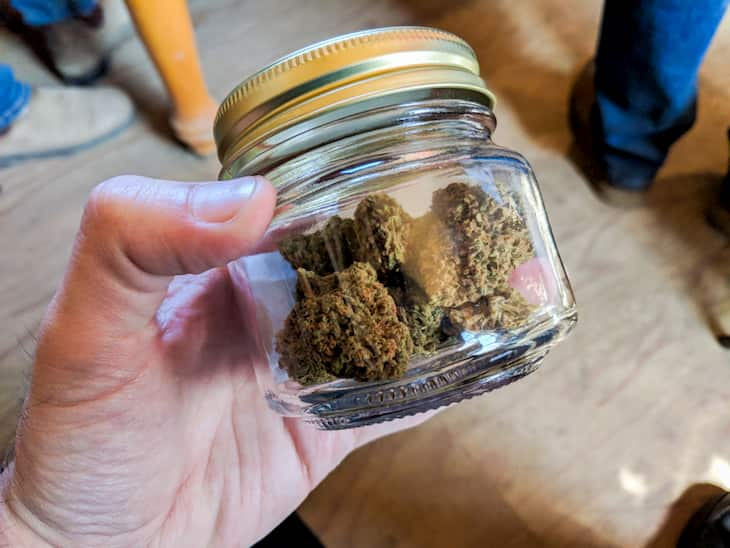
Cannabis offers multiple beneficial properties for both medical and recreational use. However, the plant comes with its share of dangers like mold and yeast issues. Before the product is released to the market for public use, it needs to go through various tests to ensure that it’s free of microbials, pesticides, or heavy metals. This process is called cannabis decontamination.
In states where cannabis is legal, there are laws to ensure that the product conforms to all regulations. Microbials such as powdery mildew mold and aspergillus bacteria are both dangerous to human health. To eliminate the presence of such contaminants in cannabis products, companies launch different methods of decontamination.
What is cannabis decontamination?
Cannabis decontamination is the process of eliminating traces of elements that can compromise the product’s quality and safety. Through various processes, including cultivation, storage, and distribution, cannabis is exposed to different types of contaminants like pesticides, microbes, and heavy metals.
The presence of these contaminants in cannabis products can make them unfit for use. The cannabis decontamination process ensures that marijuana products meet the required level of safety and quality. Legal medicinal and recreational marijuana products must be of good manufacturing quality and safe according to the regulatory policies and laws in place.
A marijuana decontamination process is deemed successful if the products pass the contamination tests. The testing process is meant to assess the levels of different cannabis contaminants in cannabis products. In states with regulatory policies and laws governing this area, cannabis products can only enter the supply chain if contaminants’ level is deemed acceptable.
Whether required by law or otherwise, companies dealing in cannabis-related products should always ensure that the products are safe for use by their customers. A cannabis product is likely to fail a contamination test if it has dangerous microbial toxins, pesticides, or heavy metals. The most common contaminant is powdery mildew.
To eliminate or reduce the level of contaminants to negligible measures, companies employ different treatment methods. The decontamination process ensures that only quality products are released to the supply chain.
Cannabis decontamination methods
Companies intending to implement the decontamination process can choose from a variety of decontamination techniques:
Autoclave. This process uses intense pressure to kill contaminants. While it’s efficient and easy to use, it consumes a lot of time and doesn’t allow for inventory processing. Besides, it can alter the physical properties of cannabis through a process called decarboxylation.
Dry heat. While it’s one of the cheapest decontamination methods, it’s likely to ruin the product.
Gamma radiation. This process reduces the growth of microbes in plants without affecting potency. It works fast, is safe, and doesn’t ruin terpenes. However, the ions used in the process can be carcinogenic.
Gas treatment. This method is cheaper but also time-consuming. It uses USDA/EPA approved ozone gas to destroy any microbial contaminants. However, the gases used can be toxic to humans if handled carelessly.
Microwave. This method doesn’t need chemicals or ions that might degrade the potency of cannabis products. However, it may burn and damage the terpenes in cannabis products if used in improper heating conditions. This can end up lowering the quality.
Radiofrequency. This method of decontamination is organic and non-toxic. It works on large crops with the same effectiveness. It’s fast and doesn’t cause any loss in potency. It’s considered one of the best methods for consumer products.
Advantages of decontamination
- It ensures the product is safe for use by consumers, both medical and recreational
- It ensures cannabis strain remains pure with all its desired effects
Final word
Cannabis decontamination delivers numerous benefits. In the past couple of years, companies have implemented different decontamination methods to keep contaminants away from marijuana products. Unfortunately, contamination testing is not yet legal in all states that have legalized cannabis. This is still one of the grey areas of the cannabis industry that need to be dressed.


